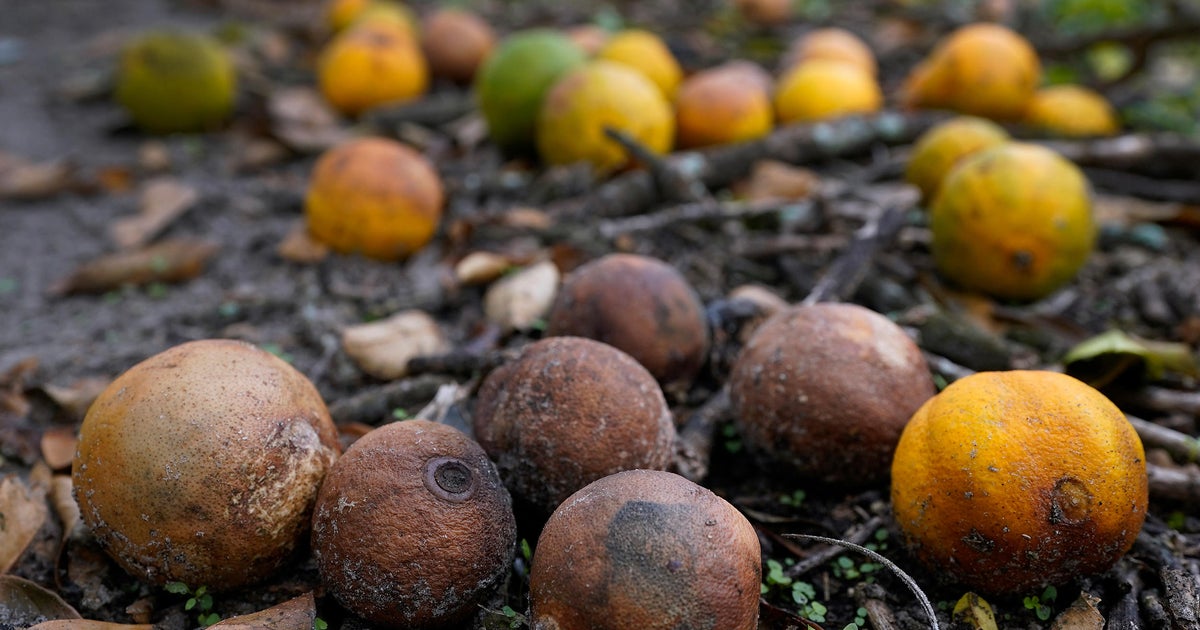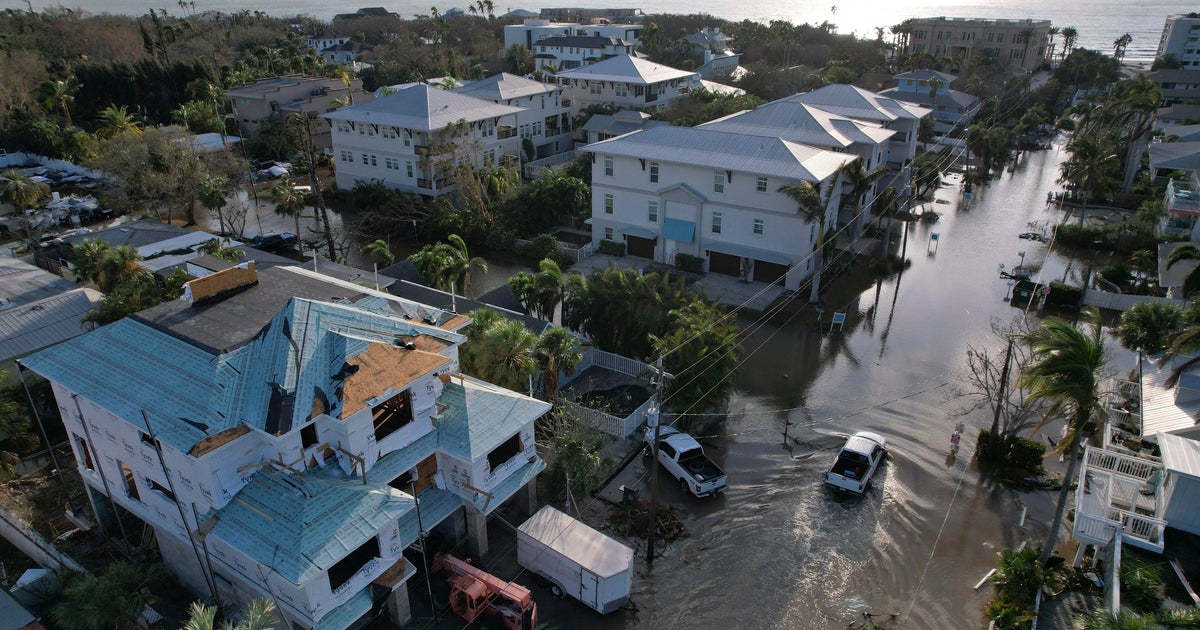NHC: Irene Rip Currents & Swells Biggest Problem For Florida
MIAMI (CBSMiami.com) – Florida is outside of the forecast cone for Hurricane Irene, but that doesn't mean there won't be problems in the Sunshine State due to the storm.
In a joint interview between the National Hurricane Center and the Federal Emergency Management Agency, NHC director Bill Read said in Florida, "the biggest problem will be for people getting out into the rip current and swells."
But Florida's impact is nothing to what could be coming as Hurricane Irene continues to take aim at parts of the East Coast.
Read said Irene is currently in the warmest waters and is in a favorable environment for strengthening, and that the storm "could become even stronger."
Read said, Irene will "come close enough to impact Nassau, and perhaps the impacts will be on Grand Bahama Thursday night." In addition, winds in the eyewall could be upwards of 120 miles per hour and the storm surge could be as much as 7-11 feet above normal, depending on which way the wind is blowing.
Read said the forecast challenge is the timing of the northward turn as Irene moves over warm Atlantic waters. Read said the next threat area is the Outer Banks in North Carolina on Saturday and watches and warnings may be issued as early as overnight into Thursday morning.
Read said as the storms continues to grow in size, there is "potential to see tropical storm force winds as early as the early morning hours Saturday" in North Carolina. After that, Long Island could be threatened by Hurricane Irene by Sunday.
FEMA director Craig Fugate said now is the time for residents up and down the eastern seaboard to get prepared now and not to take the potential impact of Irene lightly.
"There's a tendency that we often talk about the wind speed and the category of the storm, that doesn't do it justice," Fugate said.
Fugate has had an eventful 24 hours. As the storm begins to take aim at the East Coast, Fugate and FEMA are still recovering from the surprising earthquake that hit Virginia Tuesday afternoon. While FEMA was set with their communications, cell phone networks jammed leaving millions without ways to contact families.
"A mobile phone is a good tool, but it shouldn't be the only tool," Fugate said. "With cell systems and any type of system, you're going to have congestion (after a disaster). It (cell phones) should not be your only communication tool. A family communication plan is the first thing they should get done in preparations."
Fugate said that evacuation orders have started in the Outer Banks of North Carolina and that the principal reason any evacuations are ordered is for storm surge. Fugate also said that for people on the coast who aren't used to hurricanes to not "focus on the eye of the storm for the biggest impact."
Fugate said that an incident support center had been established at Fort Bragg, North Carolina and other teams are deployed in the state in a supporting role. After that, FEMA will being making additional moves up and down the coast.
Complicating the problems for the Northeast is what Read described as ground saturation. Read said this could give the areas impacted by Irene extra problems because trees could go down easier and power outages could be widespread.



